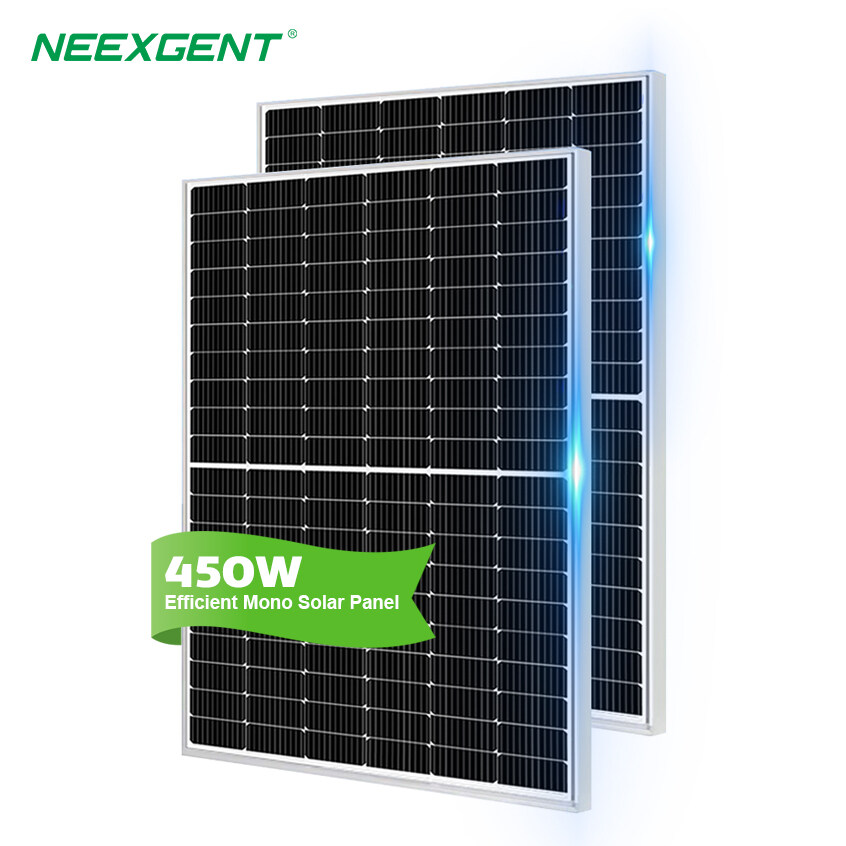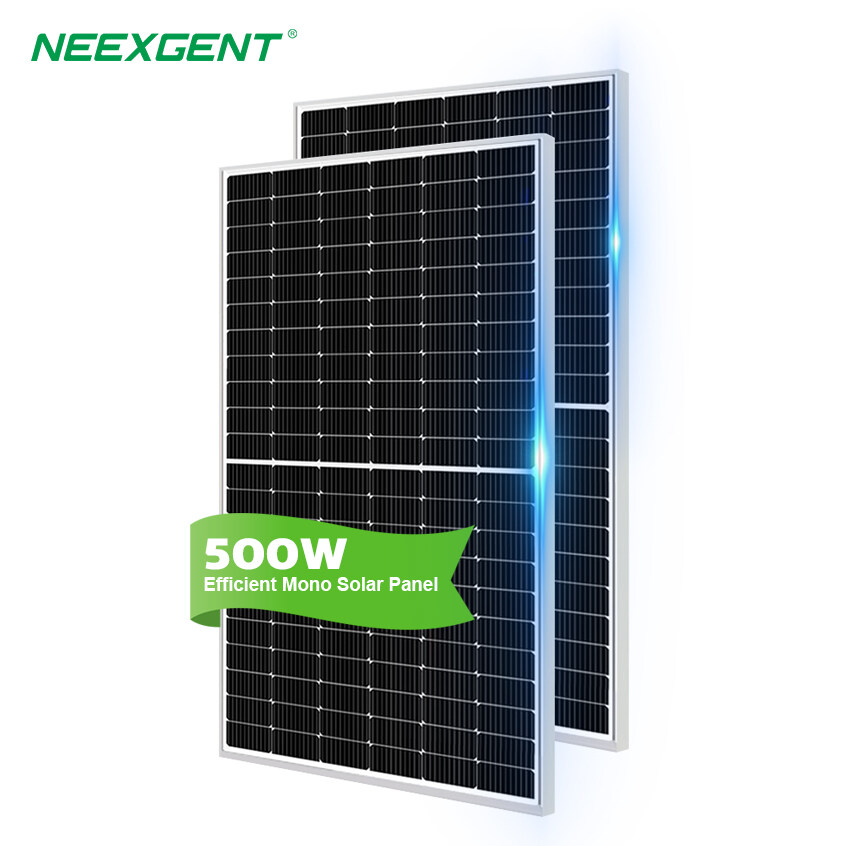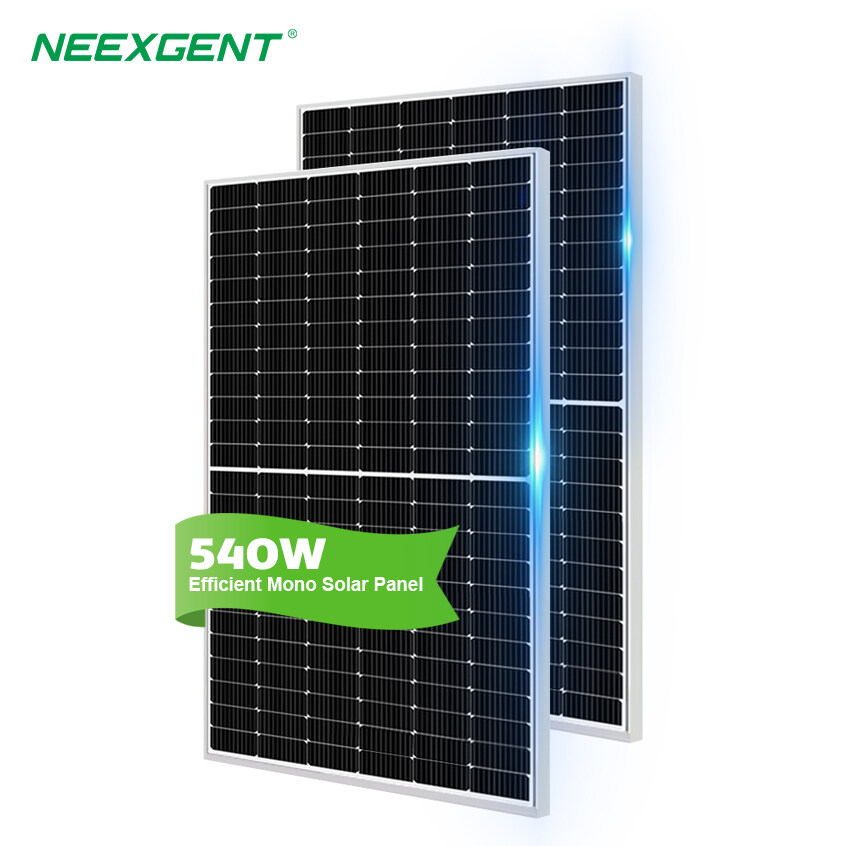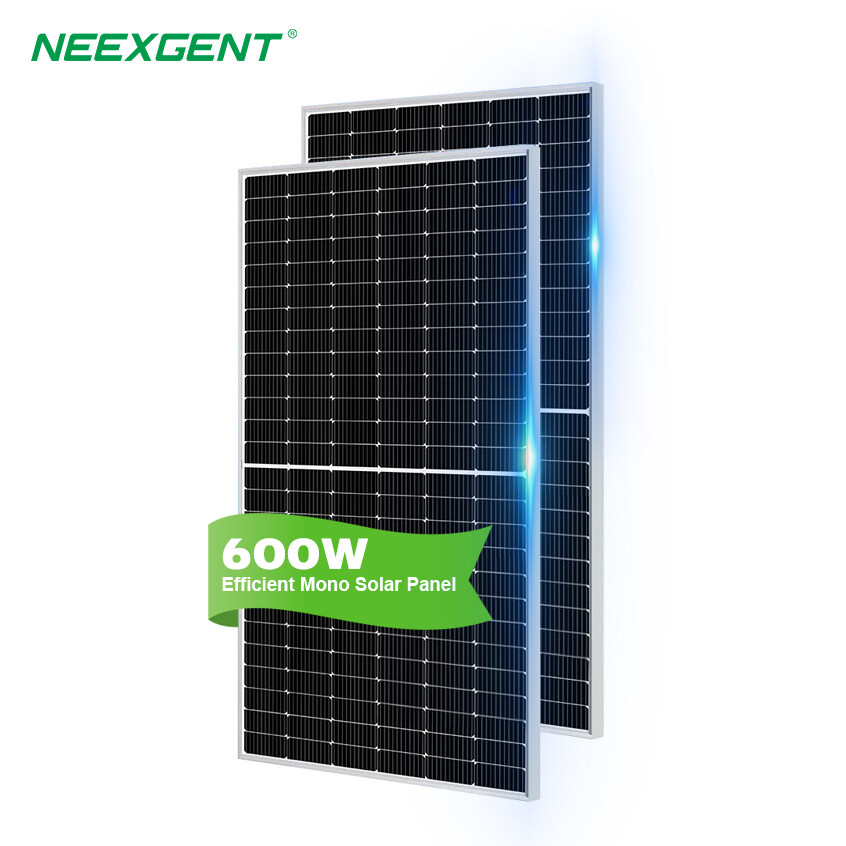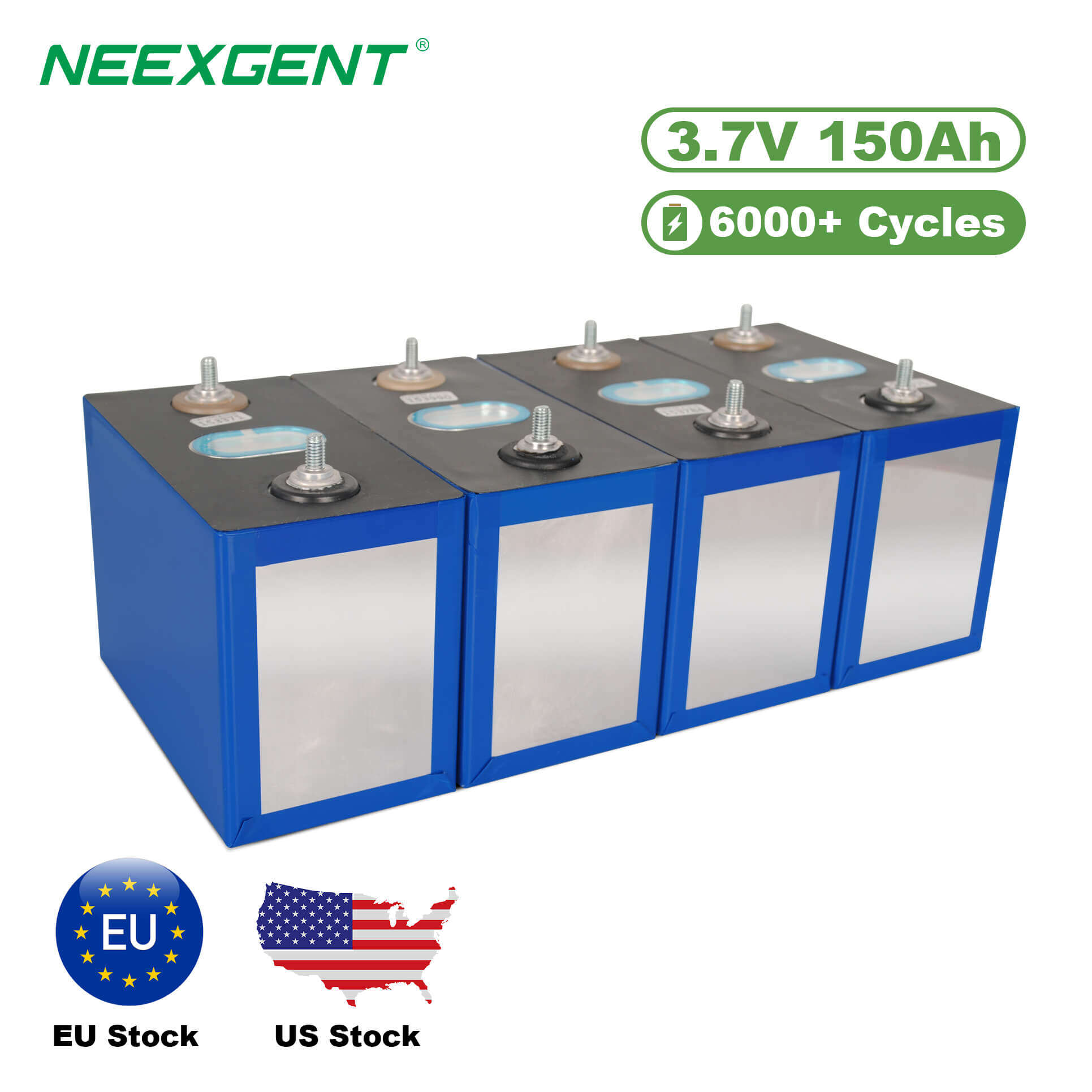Contents:
Perovskite solar panels are rapidly emerging as one of the most promising photovoltaic (PV) technologies in the solar energy industry. With the potential to offer higher efficiency, lower manufacturing costs, and versatile applications, perovskite-based solar cells may soon rival, or even surpass, traditional silicon-based solar panels.
In this article, we'll explore what perovskite solar panels are, how they compare with conventional technologies, their current market status, pricing, and where to buy them.

What Are Perovskite Solar Panels?
Perovskite solar panels are made using perovskite-structured compounds, typically a hybrid organic-inorganic lead or tin halide-based material. These compounds are named after the mineral perovskite (calcium titanium oxide), which has a crystal structure highly efficient at absorbing light and converting it into electricity.
Unlike traditional silicon solar panels, perovskite solar cells can be fabricated using simple printing techniques at lower temperatures, which significantly reduces energy and production costs.
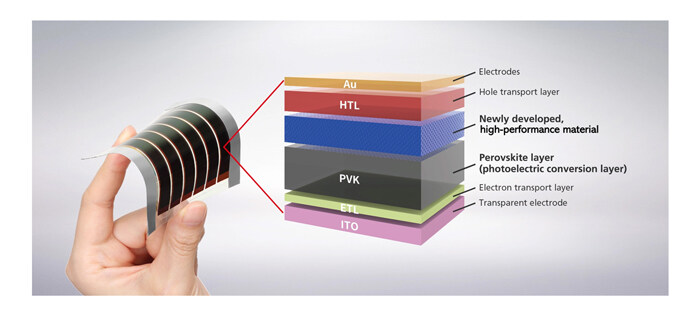
Key Advantages of Perovskite Solar Panels
1. High Efficiency Potential
Perovskite solar cells have reached lab efficiencies of over 25.7% as of 2024, rivaling and in some cases exceeding those of monocrystalline silicon panels.
2. Lower Manufacturing Costs
Perovskites can be produced using roll-to-roll processes, inkjet printing, or vapor deposition on flexible substrates. This results in dramatically reduced production costs compared to silicon wafers.
3. Lightweight and Flexible
Because perovskites can be deposited on lightweight substrates, the resulting panels can be ultrathin, bendable, and suitable for applications like building-integrated photovoltaics (BIPV), portable chargers, and even integration into clothing or vehicles.
4. Tunable Bandgap
Perovskites can be engineered to absorb different parts of the solar spectrum. This feature enables tandem solar cells that combine perovskites with silicon or other materials for even higher efficiency.
Challenges Facing Perovskite Technology
Despite their potential, perovskite solar panels still face several challenges:
-
Stability: Perovskite materials degrade when exposed to moisture, oxygen, and UV light. Researchers are working on encapsulation techniques and new material formulations to address this.
-
Toxicity: Most high-efficiency perovskites contain lead. While the amount is small, there are concerns over environmental impact and end-of-life recycling.
-
Commercial Scalability: Although prototypes and pilot production lines exist, mass-market deployment is still in early stages.
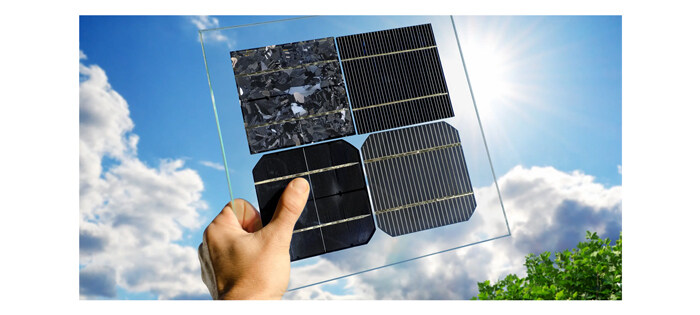
Comparison: Perovskite vs. Traditional Solar Panels
| Feature |
Perovskite Panels |
Monocrystalline Silicon |
Polycrystalline Silicon |
Thin-Film (CdTe/CIGS) |
| Efficiency (Lab) |
~25.7% |
~26-27% |
~20-22% |
~20% |
| Production Cost |
Low (potentially < $0.10/W) |
Moderate to High |
Lower than Mono |
Moderate |
| Flexibility |
High |
Low |
Low |
High |
| Weight |
Very light |
Heavy |
Heavy |
Light |
| Lifespan |
Currently <10 years (goal 20+) |
25–30 years |
20–25 years |
20–25 years |
| Stability |
Still improving |
Very high |
High |
Medium |
| Commercial Availability |
Limited / Pre-commercial |
Widely available |
Widely available |
Available |
| Environmental Concerns |
Lead content |
Energy-intensive production |
Moderate |
Use of rare elements |
Applications of Perovskite Solar Panels
Due to their unique properties, perovskite solar panels are being explored for use in:
-
Building-Integrated Photovoltaics (BIPV) – Windows, facades, and rooftops
-
Portable Solar Chargers – Lightweight and foldable panels for outdoor use
-
Tandem Solar Cells – Stacking with silicon cells for higher combined efficiency
-
Wearable Electronics – Integration into clothing or gear
-
Space Technology – Lightweight panels for satellites and drones
Where to Buy Perovskite Solar Panels
As of 2025, perovskite solar panels are not yet mass-produced at the same scale as silicon panels, but early-stage products and modules are available from select companies and research-driven manufacturers.
Leading Companies in the Perovskite Solar Industry
| Company |
Country |
Product Status |
Notable Notes |
| Oxford PV |
UK/Germany |
Pilot production |
Focus on tandem silicon-perovskite cells |
| Saule Technologies |
Poland |
Commercial (BIPV) |
Offers printed perovskite panels |
| Heliatek |
Germany |
Development stage |
Specializes in organic/perovskite films |
| GCL Perovskite |
China |
Scaling up |
Large-scale R&D for domestic use |
| Microquanta |
China |
Pre-commercial |
Pilot line modules tested in the field |
Price of Perovskite Solar Panels
Because the market is still developing, prices vary widely depending on the type, scale, and application:
-
Prototype Modules: $50–$150 per panel (small-area demo panels)
-
Commercial BIPV Panels: $200–$300/m²
-
Projected Price After Scale-Up: Potentially under $0.20/Watt (making them cheaper than silicon panels)
As production scales and durability improves, analysts expect prices to fall significantly—making perovskites a cost-effective solar option within the next 5 years.

Is Now the Time to Invest in Perovskite Solar Panels?
While perovskite solar panels are not yet the mainstream choice, they are quickly moving from the lab into the real world. If you are a business or early adopter looking for next-generation solar solutions—especially for lightweight, flexible, or building-integrated applications—perovskite technology deserves your serious attention. Prices are expected to fall, durability is improving, and more commercial options are becoming available each year. Keep an eye on product launches from companies like Oxford PV and Saule Technologies, and consider reaching out to suppliers if you're interested in pilot installations or innovative solar applications. The transition to perovskite may not just be the future—it’s already beginning.
FAQs about Perovskite Solar Panels
Are perovskite solar panels available for residential use?+
Currently, most perovskite solar panels are in the pilot or commercial demonstration stage. While some small-scale modules are available, they are not yet widely used in residential rooftop installations.
How long do perovskite solar panels last?+
Early prototypes have a lifespan of 5–10 years, but ongoing research aims to improve this to over 20 years with proper encapsulation and material enhancements.
Are perovskite solar panels more efficient than silicon panels?+
In laboratory conditions, perovskite cells have achieved similar or slightly higher efficiencies than monocrystalline silicon. Tandem cells combining both can exceed 30% efficiency.
Learn more from the
Wikipedia article on perovskite solar cells.
Are perovskite solar panels safe for the environment?+
Most efficient perovskite cells contain lead, raising environmental concerns. However, the amount used is minimal, and researchers are developing lead-free alternatives and safe recycling methods.
Where can I buy perovskite solar panels?+
You can find early-stage products from companies like Saule Technologies, Oxford PV, and select specialty solar retailers or research institutions. Availability may vary by region.
How much do perovskite solar panels cost?+
Prices vary widely depending on scale and application. Small demo panels may cost $50–$150, while building-integrated models range from $200–$300/m². Large-scale production may reduce costs to below $0.20/W in the future.
Can I use perovskite panels with existing solar systems?+
In some cases, perovskite panels can be used in tandem with silicon panels to enhance output. However, system compatibility depends on voltage, inverter setup, and physical layout.
What are the main limitations of perovskite technology today?+
The primary challenges are stability under real-world conditions, sensitivity to moisture and UV light, and concerns over lead content. These are active areas of development in the industry.

